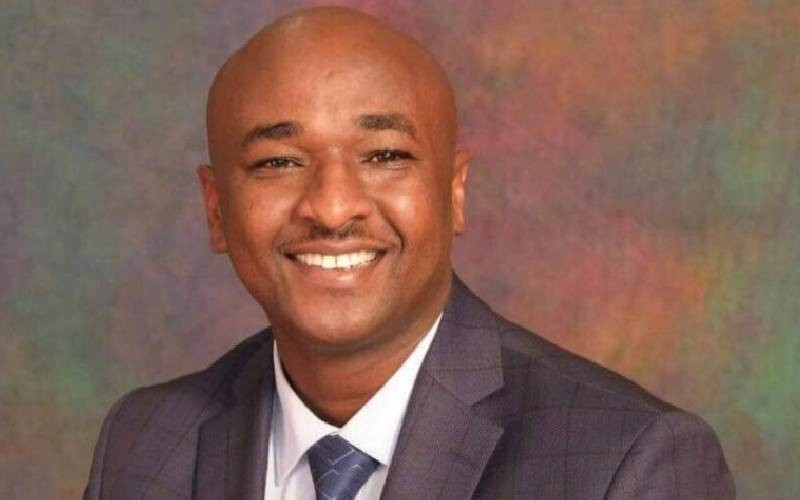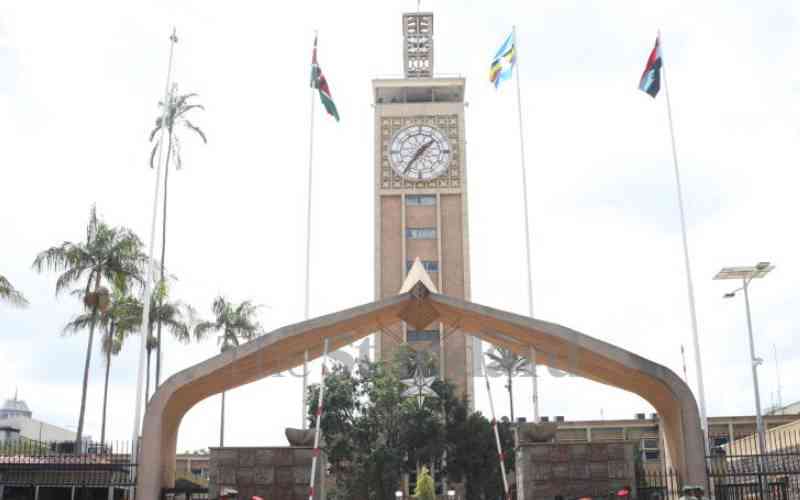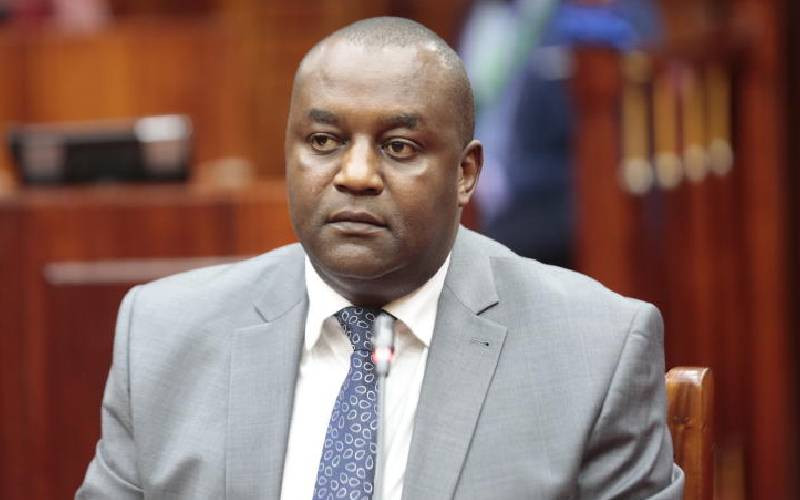NAIROBI: Two institutions baffle me, the Treasury and the National Assembly. They baked and served a ‘feel good’ budget of Sh2.2 trillion and told Kenyans the economy would grow by 6.5 per cent, that the country’s debt level was sustainable and that the expansionist fiscal policy they pursued would create wealth.
Barely 90 days later, the cookie has crumbled. The Treasury coffers are empty, salaries cannot be paid, government projects are being shelved and the state is left scratching its head. For the public, interest rates have hit the roof, suppliers and contractors have not been paid, the shilling has lost value and business has slowed. The ordinary folks can all sense there is no money.
This week, the two institutions met and did a jig; they expressed concern about low revenues, the huge public expenditure and financial indiscipline in public institutions. The budget they crafted just a short while ago was illusory, and the growth target too ambitious to fathom. And so they engaged in a public relations exercise to reassure Kenyans that the country was only temporarily cash-strapped and that all would be well. The somersault was amazing!
The revenue inflows were budgeted and are predictable. Debt repayment schedules are included in the budget estimates. Government expenditure plans also inform the expenditure estimates in the budget. So, how does the Treasury and National Assembly then express concern over these matters a few weeks later? The CS’s explanation that certain debt repayments had to be made makes no sense. Did he not know that those Treasury bills and bonds were due to mature on specific dates, at higher rates? Did he expect to rake in more revenues than was provided for in KRA projections?
And the wastage, extravagance and non-priority spending have been with us for long! Has the National Assembly scrutinised the public expenditure reports in recent years? Have they not reduced budget making into a rent-seeking exercise where institutions and contractors determine how it is crafted? And has Treasury not allowed itself to be manipulated by the House in skewed resource allocation not premised on nation development blueprints and priorities? Give us a break! We had it coming! The dalliance between these institutions in screwing up budget making process landed us in a ditch.
The President’s financial advisors at the Treasury and State House are IMF ideologues on the latter’s economic policy prescription and decadent financial management advisories. A pat on the back by IMF gives them confidence that clouds their comprehension of its elitist policies that are driving Kenyans into unsustainable debt. After the Westgate attack last year, IMF endorsed the economy and stated that ‘there was no risk of debt default’. Months later, Treasury took up a $700 million cautionary stand-by facility from them, just months after the sovereign bond and Eurobond loans of $2.75 billion.
In June this year, the government failed to meet its debt repayment targets, an indication that all was not well, but the IMF review mission praised them because ‘corrective measures were adopted’. In its end of mission statement, they criticised the poor cash management in the Treasury, and urged for prudent financial spending but no mention of debt sustainability was made. Yet, just a year earlier, the same organisation decried the huge debt of Sh1.2 trillion and warned against rapid debt escalation. The debt had grown to Sh 2.8 trillion but it did not elicit a comment from IMF.
The Treasury team lacks the balls to draw the line in the sand against the insatiable debt and spending thrills of the executive often transmitted through the wily MPs. Some heads ought to roll for the mess we are in!
 The Standard Group Plc is a
multi-media organization with investments in media platforms spanning newspaper
print operations, television, radio broadcasting, digital and online services. The
Standard Group is recognized as a leading multi-media house in Kenya with a key
influence in matters of national and international interest.
The Standard Group Plc is a
multi-media organization with investments in media platforms spanning newspaper
print operations, television, radio broadcasting, digital and online services. The
Standard Group is recognized as a leading multi-media house in Kenya with a key
influence in matters of national and international interest.
 The Standard Group Plc is a
multi-media organization with investments in media platforms spanning newspaper
print operations, television, radio broadcasting, digital and online services. The
Standard Group is recognized as a leading multi-media house in Kenya with a key
influence in matters of national and international interest.
The Standard Group Plc is a
multi-media organization with investments in media platforms spanning newspaper
print operations, television, radio broadcasting, digital and online services. The
Standard Group is recognized as a leading multi-media house in Kenya with a key
influence in matters of national and international interest.









